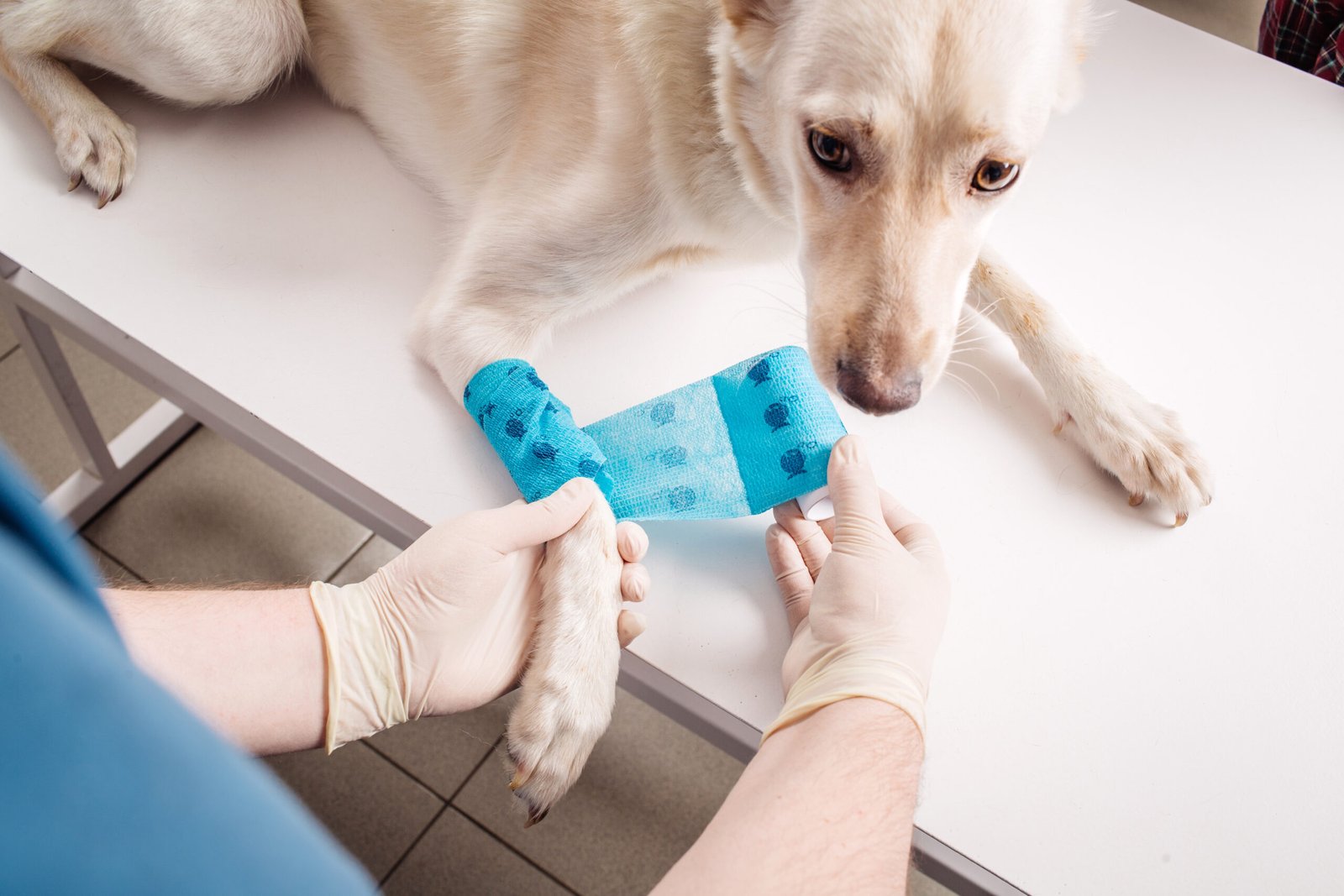Table of Contents
TogglePet Adoption:
7 Proven Tips for Pet Adoption: Choose the Perfect Breed for Your Lifestyle
Pet Adoption Pet Breeds and Characteristics is one of the most Powerful, rewarding decisions you can make — but it’s also a serious responsibility. Pet adoption pet breeds and characteristics is a happy experience depends on choosing the right breed based on your lifestyle, environment, and emotional needs.
This ensures both you and your new companion will have a fulfilling bond for years to come.
According to the ASPCA, more than 6.3 million pets enter shelters in the United States each year — including 3.1 million dogs and 3.2 million cats. While many people adopt based on appearance, experts strongly advise looking into breed characteristics and temperament instead.
Pet Adoption Guide: 7 Must-Know Tips to Choose the Right Breed for You
Know Your Lifestyle First
- Before heading to an adoption center, ask yourself:
- Do you have time for daily walks, training, and grooming?
- Are there small children or elderly people in your home?
- Do you live in an apartment or a house with a yard?
- Do you prefer a quiet companion or a playful one?
Each answer guides you to a different type of breed. For example, someone with an active lifestyle might enjoy a Labrador Retriever or a Border Collie, while those with limited time or space might find joy in a Pug or a Persian cat.
Breed Matters — But So Does Temperament
One of the most common mistakes new pet owners Avoid make is adopting purely on looks. A dog or cat might look adorable, but may not match your energy or experience level.
Some examples:
- Huskies are beautiful but demand high physical activity and mental stimulation.
- Chihuahuas are small and manageable but often don’t get along with young children.
- Persian cats are calm and elegant but require regular grooming.
- Siamese cats are vocal and social but dislike being left alone.
By understanding a breed’s natural behavior, you can avoid common adjustment issues and behavioral problems down the line.
Health Issues Linked to Breeds
Breed selection also impacts health. Some breeds are genetically more prone to certain diseases.
- German Shepherds often face hip dysplasia.
- Pugs and Bulldogs may have breathing issues due to their flat faces.
- Persians can develop kidney problems or eye discharge.
- Large breeds may require joint supplements early in life.
Always ask about the breed’s medical history and grooming needs when adopting. If you’re adopting from a shelter, ask if the pet has been vaccinated, neutered, or microchipped.
Shelter Pets Are Just as Valuable
A common myth is that shelter pets are somehow flawed. In fact, 25% of shelter dogs are purebred, and many cats in shelters are friendly, healthy, and trained. These animals often end up in shelters because of financial or personal issues — not because they are aggressive or ill.
Adopting from a shelter means:
Once you’ve selected the right breednd pet, prepare your home and your schedule.
Checklist:
- Set up a safe, quiet area with a bed and water bowls
- Keep harmful plants and chemicals out of reach
- Buy toys to help with bonding and stimulation
- Schedule a vet visit within the first week
Also, prepare for the emotional adjustment period. It may take a few days or even weeks for your pet to feel safe and comfortable. Be patient and consistent.
Training and Socialization
Training is essential, regardless of age or breed. Start with basic commands like sit, stay, and come. Socialize your pet with other animals and humans to avoid aggression and fear-based behaviors.
Cats benefit from positive reinforcement, just as dogs do. Litter training, scratching post use, and gentle handling routines are all part of good pet behavior.
Final Thoughts
Pet Adoption Pet Breeds and Characteristics is more than just bringing a cute animal into your home. It’s about responsibility, compatibility, and long-term commitment. By understanding breed characteristics, health risks, and behavioral needs, you’ll be equipped to make the right choice.
Your decision will not only improve your own life — it will give a second chance to an animal who truly requires it.


